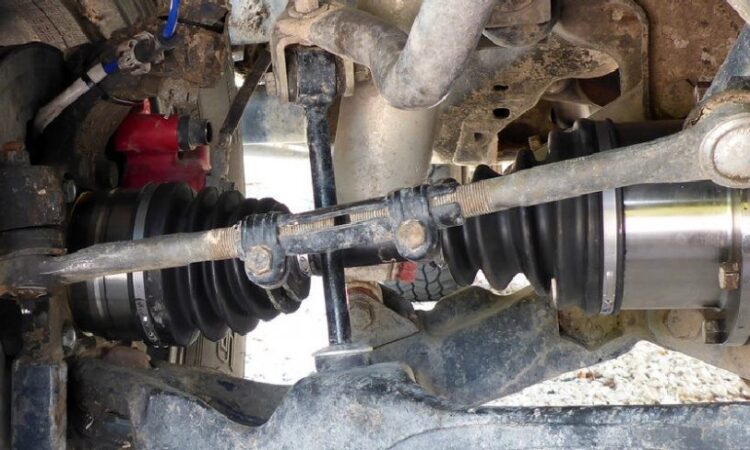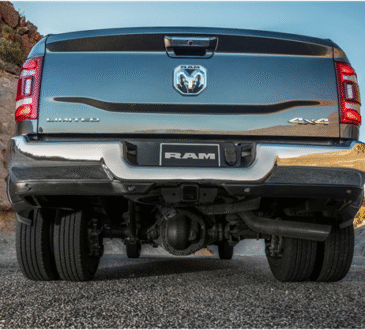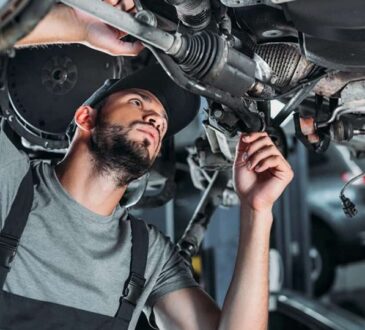
Axle shaft runout testing identifies bent or damaged shafts early. Technicians measure concentricity to ensure proper CV joint performance consistently. Properly aligned shafts maintain smooth torque transfer without vibration reliably. Bent shafts increase stress on CV joints and bearings continuously. Early detection prevents accelerated wear and driveline failure effectively. Measuring runout complements visual and manual inspections for full assessment. Accurate testing enhances overall vehicle stability and handling performance efficiently. Detecting shaft issues reduces repair costs and prevents unexpected breakdowns reliably. Runout measurement is essential for maintaining drivetrain integrity over time consistently.
Understanding Runout
Runout is deviation from perfect axial rotation of shaft. Technicians rotate the shaft while monitoring displacement carefully. Excessive runout indicates bending or deformation along the axle length. Healthy shafts maintain minimal deviation under rotation consistently. Ignoring runout can cause CV joint vibration and premature failure. Measuring runout identifies damaged areas before catastrophic issues occur. Proper understanding ensures technicians address hidden shaft damage effectively. Runout testing differentiates between minor imperfections and serious structural concerns. Accurate assessment protects joints and transmission from undue stress reliably. For proper Auto Repair in Helena, MT based service, these are essential tasks.
Measurement Techniques
Technicians use dial indicators and fixtures to measure runout accurately. Shaft is rotated slowly while displacement is recorded precisely. Readings above specification indicate need for repair or replacement immediately. Healthy shafts show uniform concentricity with minimal variation consistently. Ignoring measurements allows vibration and noise to worsen over time. Proper technique ensures repeatable and reliable results for evaluation. Measuring shaft alignment helps identify whether CV joint wear is primary. Precise measurement prevents misdiagnosis and ensures effective repair decisions. Runout gauges are essential tools in drivetrain diagnostics reliably.
Comparative Analysis
Comparing left and right axle runout reveals inconsistencies in shaft condition. Healthy vehicles show similar measurements on both sides consistently. Significant deviation on one side indicates local bending or damage reliably. Ignoring side-to-side differences may miss isolated defects or misalignments. Comparative analysis helps prioritize repair and prevents unexpected breakdowns. Measuring both shafts ensures complete understanding of vehicle drivetrain condition. Differences between sides can also explain uneven CV joint wear effectively. Accurate side-to-side assessment improves repair planning and long-term reliability. Proper comparative analysis supports both diagnosis and preventive maintenance.
Conclusion
Axle shaft runout is critical for CV joint performance and lifespan. Measuring concentricity identifies bends and structural defects early reliably. Visual inspection complements measurement to detect hidden or subtle damage. Comparative assessment ensures both sides of vehicle are evaluated consistently. Proper diagnosis prevents premature CV joint wear and driveline vibration. Early intervention reduces repair costs and enhances vehicle safety effectively. Runout testing ensures smooth torque transfer and optimal drivetrain operation. Addressing shaft issues maintains joint integrity and prevents unexpected breakdowns. Accurate measurement safeguards vehicle performance and improves long-term reliability continuously.




